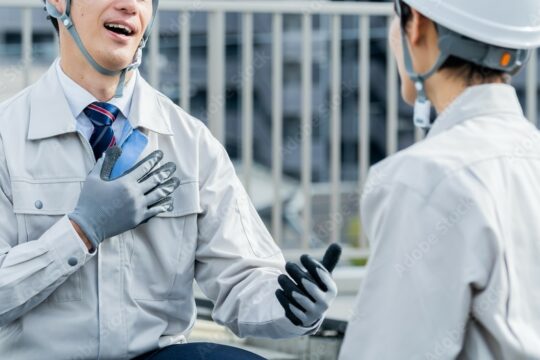Five Pro Tips For Your Solar Panel Replacement
01 Start with a System Audit
What usually goes wrong:
Homeowners often assume they can swap out a few old panels with new ones and call it a day. In reality, solar technology has changed significantly—even in just 5–10 years. Mixing panel brands, wattages, or even voltages on the same string can create imbalances, reduce output, and stress your inverter.
Pro tip:
Always start with a system audit. At GBP, we assess compatibility across the board—voltage/current matching, mounting systems, inverter capacity, and even shading analytics—before recommending replacement panels.
02 Reviewing Inverter Health
What usually goes wrong:
An old or undersized inverter can bottleneck new high-efficiency panels. Worse, if you're switching from older 60-cell modules to modern 72-cell or half-cut formats, your inverter might not handle the new voltage windows safely.
Pro tip:
Any panel replacement should include an inverter performance check. If your inverter is >10 years old, consider upgrading it alongside the panels. We’ve helped clients increase total energy yield by >20% just by aligning the new panel specs with a properly sized hybrid inverter.
03 Checking Fire Codes, Certifications, and Roof Safety
What usually goes wrong:
When panels are replaced without proper permitting or fire safety checks, you risk non-compliance. Many jurisdictions now enforce Rapid Shutdown or other NEC (National Electrical Code) rules that didn’t exist when older systems were installed.
Plus, older racking systems may no longer meet wind/snow load standards—or worse, they could be damaging your roof structure after years of stress.
Pro tip:
Always check that your racking system and electrical layout meet current code. At GBP, our replacements come with updated certifications and safety compliance reports so you're covered for insurance and inspection.
04 Prioritizing Long-Term Efficiency over Short-Term Cost
What usually goes wrong:
Some installers will pitch a low-cost panel just to close a sale, without considering degradation rates, temperature coefficients, or manufacturer reliability. This is like buying discount tires for a performance vehicle—it works, but not for long.
Pro tip:
Prioritize panels from trust-worthy manufacturers with proven low degradation rates (under 0.5% annually), and warranties that actually have real backing. Saving a few bucks up front can cost you thousands in the long run if you go with unknown brands or surplus inventory.
05 Find Expert Consultation and Don't Rely on Outdated Advice)
What usually goes wrong:
A surprising number of people still rely on advice from friends who installed panels a decade ago—or worse, forums filled with outdated guidance. Solar tech, pricing, and policy incentives change fast. What worked in 2016 isn’t always viable in 2025.
Pro tip:
We offer free consultations where we model your existing system, assess panel aging (via IV curve tracing or performance ratios), and simulate energy yield with upgraded panels. That way, you’re not flying blind—you’re making a data-driven decision.
06 Final Thoughts from the Field
Solar panel replacement can be a powerful upgrade—but only if it’s done right. A poorly executed replacement can hurt your performance, void warranties, and put your system out of compliance. Done well, though, it can boost your energy output, qualify you for new incentives, and extend your system life by another 20+ years.
Whether you’re a homeowner with an aging system, a commercial building manager, or a solar installer looking for a reliable partner—we’re here to help.

